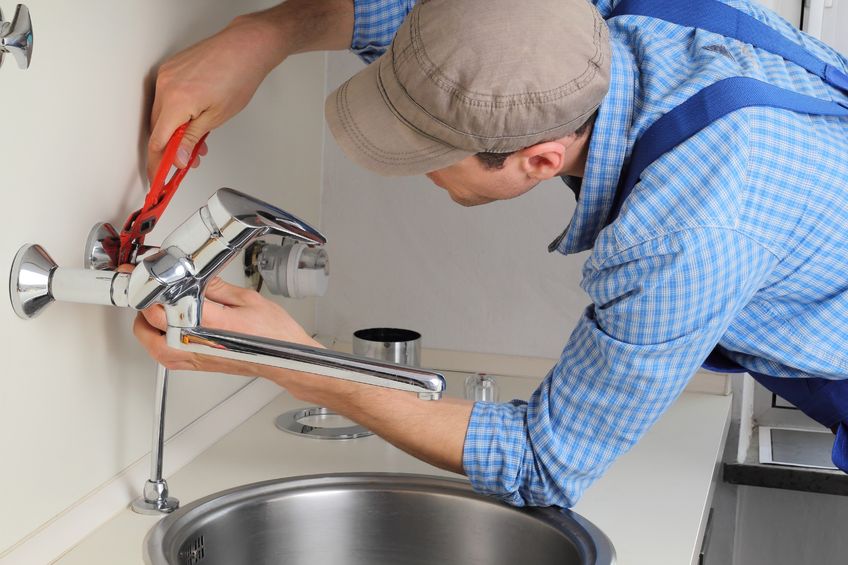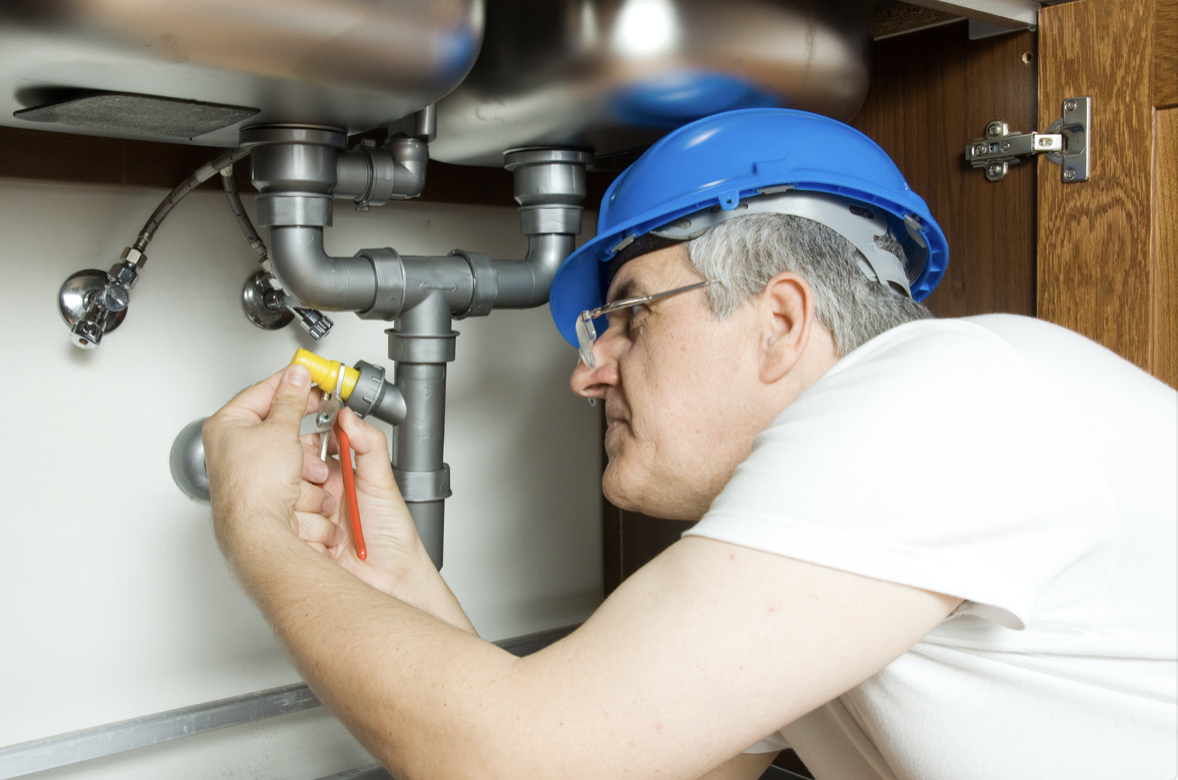When it comes to upgrading your plumbing system, modern technology has made some major improvements. And while hiring a υδραυλικοσ is still the best way to ensure that you get the job done right, there are a few things you can do yourself to take advantage of the latest advances in plumbing technology. Here are seven steps for upgrading your plumbing system with modern technology.
1) Replace Old Fixtures and Appliances
The first step in upgrading your plumbing system is replacing old fixtures and appliances with more efficient models. Replacing outdated toilets and faucets with newer low-flow models can help conserve water, reduce energy costs, and improve overall performance. Likewise, if you have an inefficient older water heater, consider replacing it with a tankless model or one that uses solar power.
2) Install Automatic Shutoff Valves
Installing automatic shutoff valves will help protect your home from flooding by automatically cutting off the water supply when triggered by an overflow or leak. A professional plumber can easily install these devices, and are well worth the investment as they can save thousands of dollars in potential damage caused by floods.
3) Invest in Smart Water Meters
Smart water meters allow homeowners to track their usage on an app, making it easier to identify leaks and reduce waste quickly. This type of tech also allows you to monitor how much water each appliance uses so you can adjust its settings accordingly for maximum efficiency.
4) Install Electronic Flush Valves
In addition to conserving water, electronic flush valves offer a variety of convenience features such as hands-free flushing, adjustable flush strength settings, nightlights and more. They also come equipped with sensors that detect movement and sound so they know when someone is present in the bathroom and activate accordingly for added convenience.
5) Upgrade Your Piping Materials
Older homes often have galvanized steel pipes which tend to corrode over time resulting in slow drainage or clogs due to mineral buildup. If this is the case with your home’s pipes then replacing them with new copper piping could significantly improve performance while reducing future maintenance needs down the road.
6) Use Insulating Wrap for Hot Water Pipes
The insulating wrap helps prevent hot water from cooling too quickly as it travels through pipes to its destination, such as showerheads or taps, saving energy costs along the way. It can also reduce the noise of running hot water tanks or other appliances, making them virtually silent when running at full capacity – perfect for those who live close together or need extra peace and quiet around their home!
7) Install grease traps
Grease traps capture fats, oils and grease (FOG). This prevents these pollutants from entering the sewer system, thereby protecting sensitive aquatic life downstream where they enter open water bodies such as rivers & streams. Grease traps should be emptied regularly otherwise, they will become clogged & require expensive repairs in the future. A professional plumber should install grease traps correctly to ensure optimum performance throughout their lifetime!
Upgrading your plumbing system doesn't have to be complicated or costly; all it takes is a little research into what kind of products are available on the market today, plus finding reliable professionals such as a reputable local plumber who can guide you through all stages of the installation process efficiently & cost effectively! By using the modern technologies listed above, you'll reap great benefits not only financially, but environmentally as well!


